The equestrian world is constantly evolving, with innovations in training methods, equipment, and animal care practices reshaping how we interact with horses. Among these evolving aspects, feeding routines stand out as particularly critical to equine health, performance, and welfare. Traditional approaches to feeding horses have been based largely on convenience for human schedules rather than optimal timing for equine digestion. Now, emerging research and technologies are challenging these conventions, suggesting we may be on the cusp of a revolution in how riding stables approach nutrition timing, composition, and delivery systems. This article explores whether recent innovations represent the future of feeding routines in the riding world, and what these changes might mean for horses and their human partners.
The Evolution of Equine Nutritional Understanding
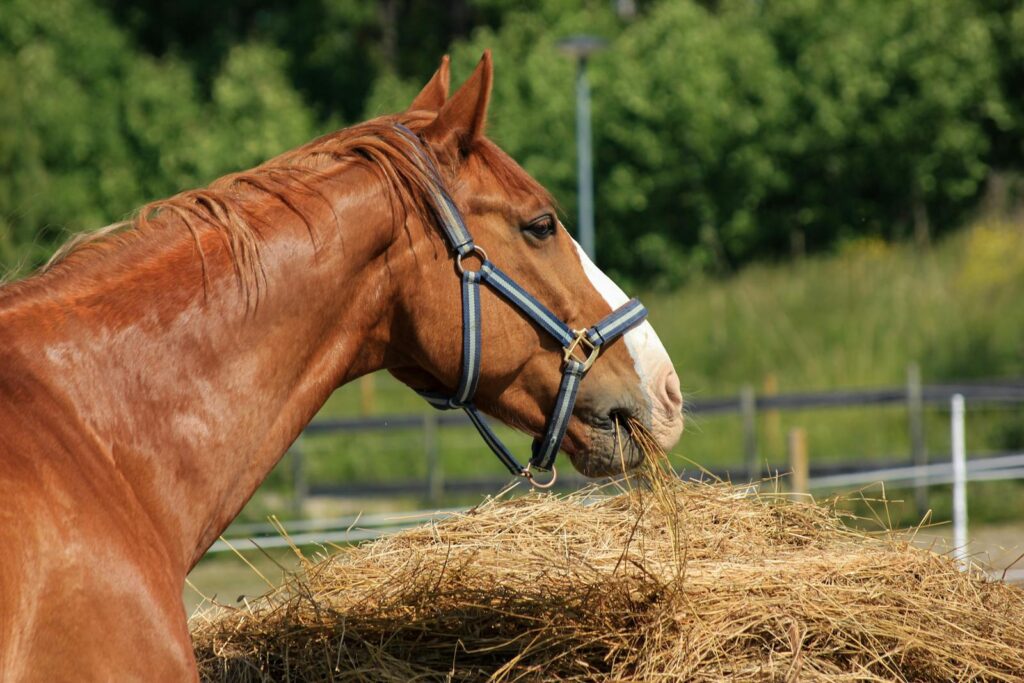
Over the past several decades, our understanding of equine nutrition has undergone dramatic transformation. Early approaches to feeding horses were primarily based on tradition, availability, and convenience rather than scientific understanding of digestive physiology. Horses were typically fed two or three large meals daily, reflecting the work schedules of stable hands rather than the natural grazing patterns of equines. Modern equine nutritional science has revealed that horses evolved as continuous grazers, with digestive systems optimized for nearly constant intake of fibrous foods. This fundamental misalignment between traditional feeding schedules and natural equine biology has contributed to numerous health issues, including gastric ulcers, colic, and behavioral problems. The shift toward feeding routines that better mimic natural grazing patterns represents one of the most significant advancements in equine care of the modern era.
Precision Feeding Technologies

The integration of technology into stable management has opened new possibilities for precision feeding systems that were unimaginable just a decade ago. Automated feeding stations now exist that can dispense precise amounts of feed at programmed intervals throughout the day and night, ensuring horses receive smaller, more frequent meals. These systems often incorporate individual horse identification through RFID chips or similar technology, allowing personalized feeding regimens even in group housing situations. Some advanced systems can even adapt feeding schedules based on factors like temperature, exercise levels recorded through wearable monitors, or upcoming competition schedules. The data collection capabilities of these systems also provide valuable insights for veterinarians and nutritionists, enabling more responsive adjustments to feeding programs based on empirical evidence rather than guesswork.
Slow-Feeding Revolution
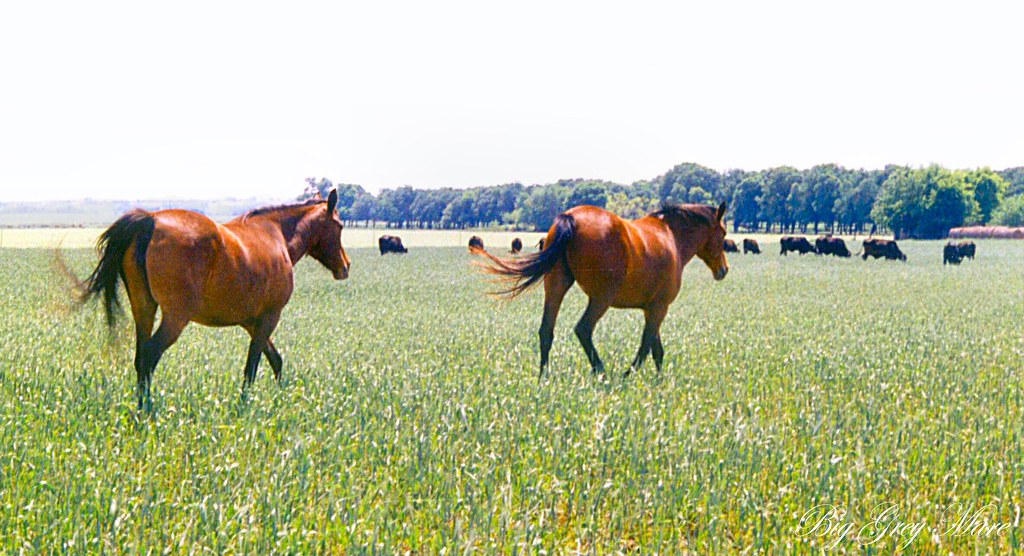
The concept of slow feeding has gained tremendous popularity as riders and stable managers recognize the benefits of extending consumption time. Slow feeders—specialized hay nets, bags, and containers designed to limit the rate at which horses can extract forage—have become increasingly sophisticated. These devices simulate natural grazing behavior by requiring horses to work for small amounts of feed over extended periods. Studies have shown that slow feeding can significantly reduce boredom, decrease unwanted behaviors like wood chewing and weaving, and improve digestive health by maintaining steadier pH levels in the stomach. The latest generation of slow feeders incorporates variable difficulty settings that can be adjusted based on individual needs or even automatically change throughout the day to provide cognitive stimulation. For competition horses who spend significant time traveling or confined to stalls, these innovations offer a promising way to maintain gut health and psychological well-being.
Biorhythm-Synchronized Feeding

An emerging area of equine nutrition research focuses on synchronizing feeding schedules with horses’ natural biorhythms. Like humans, horses experience circadian rhythms that affect metabolism, hormone production, and digestive efficiency throughout the 24-hour cycle. Innovative feeding programs now consider these natural rhythms when determining optimal times for different nutrients. For example, some research suggests that providing easily digestible carbohydrates at specific times relative to exercise can optimize energy utilization and recovery. Similarly, protein and certain amino acids may be better absorbed when consumed at particular times of day. Advanced stable management software now exists that can calculate ideal feeding times based on training schedules, competition calendars, and individual metabolic profiles. This chronobiological approach to nutrition represents a significant departure from conventional feeding based solely on convenience or tradition.
Customized Nutrition Through Data Analytics

The digital revolution has transformed how we analyze equine nutritional needs, with data analytics providing unprecedented insights into individual requirements. Modern stables increasingly employ sensors and monitoring systems that track various health metrics, including weight, water consumption, activity levels, and even sweat composition. This data, when properly analyzed, can reveal patterns and correlations that inform highly personalized feeding regimens. For example, subtle changes in water intake or weight might trigger automatic adjustments to electrolyte supplementation or forage quantities. Some advanced systems can even detect early signs of metabolic issues and modify feed composition accordingly. The integration of machine learning algorithms has further enhanced these capabilities, with systems that can predict nutritional needs based on historical patterns and anticipated changes in weather, workload, or physiological state.
Microbiome-Conscious Feeding Approaches

One of the most revolutionary advances in equine nutrition involves our growing understanding of the gut microbiome’s impact on overall health and performance. The horse’s digestive tract houses billions of microorganisms that play crucial roles in feed fermentation, vitamin production, and immune function. New feeding routines increasingly prioritize microbiome health through strategic use of prebiotics, probiotics, and feeding schedules designed to maintain bacterial balance. Specialized feed components that selectively nourish beneficial bacteria while discouraging pathogenic species have shown promising results in improving digestive efficiency and reducing inflammation. Some advanced stables now conduct regular microbiome testing, with feeding adjustments made based on the specific microbial populations present in individual horses. This approach represents a fundamental shift from viewing feeding simply as providing calories and nutrients to understanding it as ecosystem management within the horse’s gut.
Environmental Sustainability in Feeding Practices

The future of equine feeding routines cannot be separated from growing concerns about environmental sustainability. Traditional horsekeeping practices often involve shipping feed ingredients long distances and using resources that have significant environmental footprints. Forward-thinking stables are now implementing feeding routines that incorporate locally-sourced forages, seasonal adjustments, and regenerative agriculture principles. Some innovative facilities have established rotational grazing systems that improve pasture quality while sequestering carbon and enhancing biodiversity. Others have invested in on-site fodder growing systems that can produce fresh sprouts year-round with minimal water usage and no transportation emissions. The integration of sustainable feeding routines reflects not only environmental consciousness but also recognition that horses evolved to consume diverse, seasonally-variable diets rather than standardized commercial feeds.
Virtual Nutritional Consultation Services

The explosion of digital communication technologies has revolutionized access to equine nutrition expertise, even for riders in remote locations. Virtual nutritional consultation services now connect riders with specialized equine nutritionists who can review feeding programs, analyze forage quality reports, and make recommendations without geographic limitations. These services often utilize digital tools for tracking response to dietary changes, enabling evidence-based adjustments over time. Some platforms incorporate photo and video analysis to assess body condition and muscle development as indicators of nutritional adequacy. The democratization of expertise through these virtual services has elevated the standard of feeding routines globally, allowing riders with limited local resources to implement cutting-edge nutritional programs. For competition horses traveling internationally, these services provide continuity in feeding recommendations despite changing feed sources and environmental conditions.
Functional Feeding for Performance Optimization

The concept of functional feeding—providing specific nutrients at strategic times to enhance performance or recovery—has transformed feeding routines for high-level competition horses. Unlike blanket supplementation approaches, functional feeding involves precisely timed nutritional interventions tailored to training cycles and competition schedules. For example, certain amino acids might be provided in specific ratios before high-intensity exercise to support muscle recovery, while particular antioxidants might be emphasized during periods of travel stress. Electrolyte programs increasingly account for actual losses measured through sweat analysis rather than following standardized formulas. Some advanced programs incorporate metabolic testing to determine individual horses’ fuel utilization patterns, tailoring carbohydrate and fat ratios accordingly. This highly targeted approach requires sophisticated planning and execution but offers potential performance advantages that weren’t possible with traditional feeding routines.
Psychological Aspects of Feeding Routines
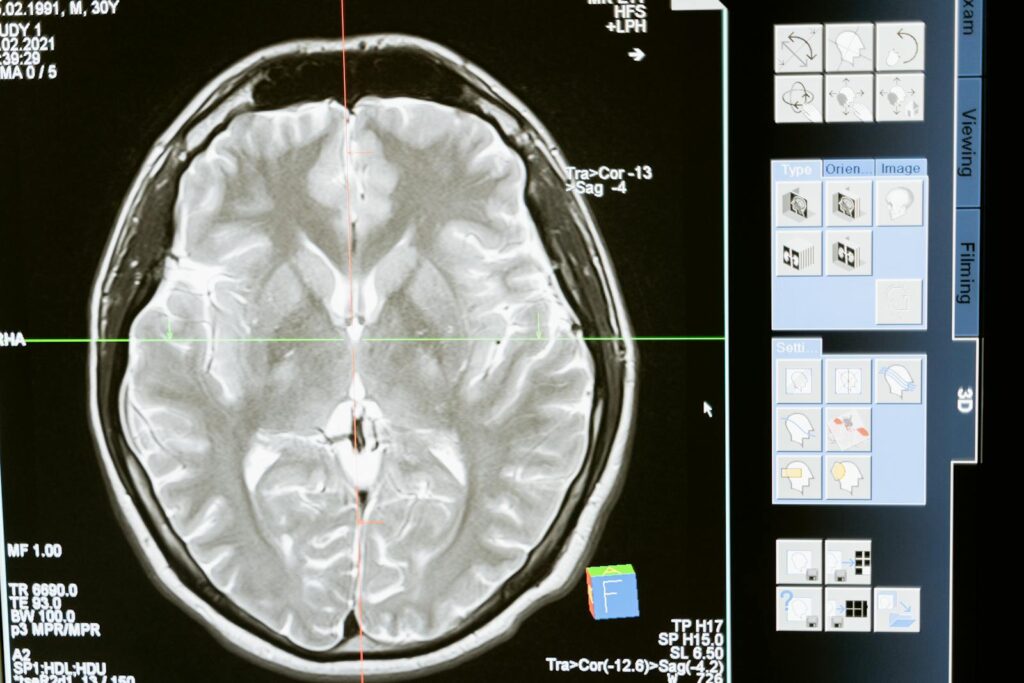
The psychological impact of feeding routines has gained recognition as an important component of equine welfare and performance. Traditional feeding approaches often created anticipatory stress, with horses displaying increased anxiety and stereotypic behaviors as feeding times approached. Modern routines increasingly incorporate elements that address psychological needs alongside nutritional requirements. For instance, some facilities provide food enrichment through varied presentation methods that stimulate natural foraging behaviors and mental engagement. Others structure feeding to reinforce positive associations with particular activities or spaces, using nutritional rewards strategically throughout training. Research has demonstrated that feeding routines that promote relaxation and positive emotional states can improve learning, reduce injury risk, and enhance competitive performance. This psychological dimension represents a significant evolution beyond viewing feeding merely as meeting caloric and nutrient requirements.
Integration with Training Schedules

The relationship between feeding routines and training schedules has become increasingly sophisticated as our understanding of equine physiology has advanced. Unlike traditional approaches that often treated nutrition and exercise as separate concerns, modern systems integrate them comprehensively. Feeding timing is now frequently coordinated with training intensity, with strategic carbohydrate provision before high-energy work and protein-focused meals during recovery periods. Some advanced training facilities adjust fiber sources and meal timing based on the specific metabolic demands of different exercise types. Hydration strategies have also become more nuanced, with electrolyte balance carefully managed through both water and feed sources to maintain optimal muscular function during intensive training. The seamless integration of feeding and training schedules represents a holistic approach to horse management that recognizes how profoundly these aspects influence each other.
Challenges and Adoption Barriers
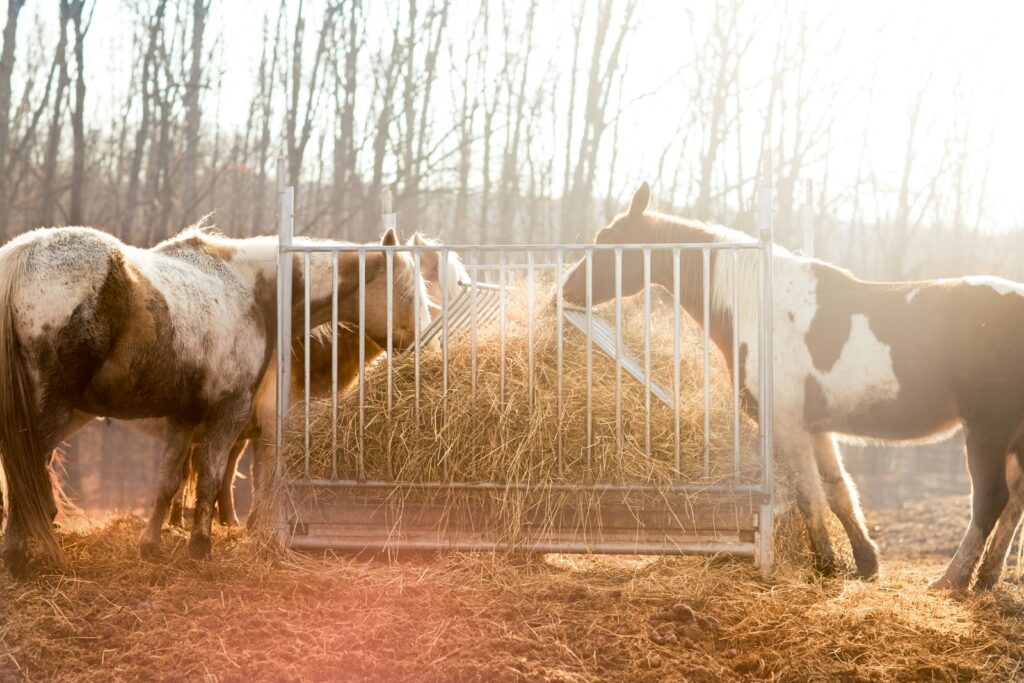
Despite the compelling benefits of advanced feeding routines, significant challenges exist in their widespread adoption. Cost remains a substantial barrier, with automated systems, precision monitoring equipment, and specialized consultation services requiring investment beyond what many recreational riders can afford. Traditional mindsets also present obstacles, as established ways of feeding horses are deeply ingrained in equestrian culture and often passed down through generations without critical evaluation. Physical infrastructure limitations in older stable facilities can make implementation of certain technologies impractical without major renovation. There are also valid concerns about technological dependency and power failures affecting feeding systems, particularly in remote locations. Educational gaps further complicate adoption, as many horse owners lack sufficient understanding of equine nutrition to recognize the value of advanced approaches or implement them correctly without professional guidance.
The Future Landscape of Equine Feeding
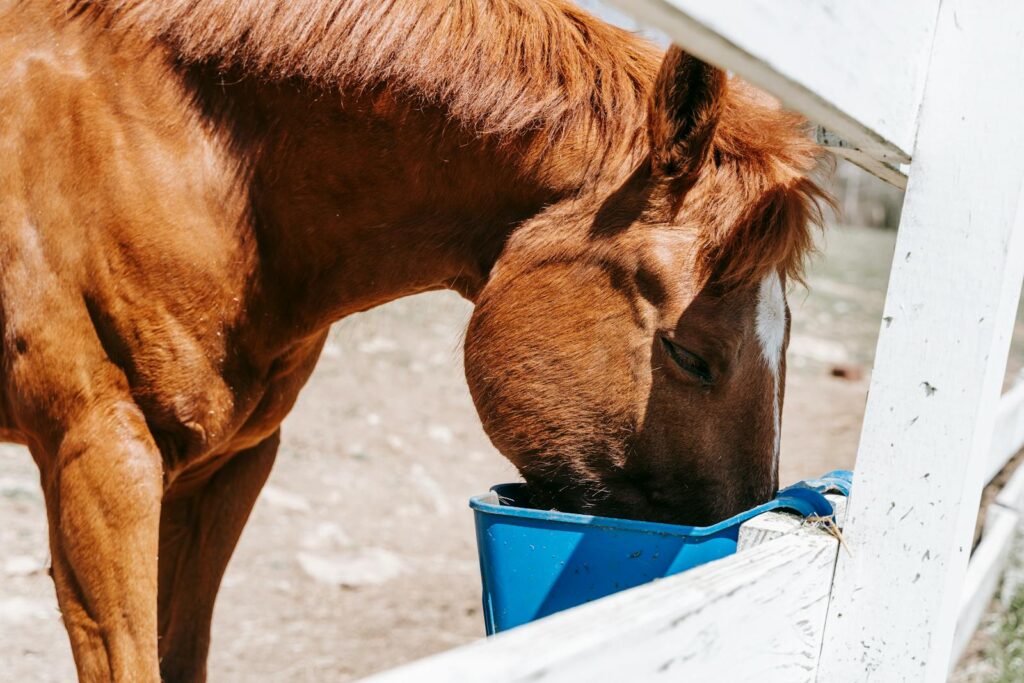
Looking forward, the trajectory of feeding routine evolution suggests we’re moving toward increasingly integrated, individualized, and technology-enhanced approaches. The convergence of wearable monitoring technology, artificial intelligence, microbiome science, and chronobiology will likely produce feeding systems that continuously adapt to each horse’s changing needs with minimal human intervention. Climate change considerations will accelerate the development of sustainable feeding practices that reduce carbon footprints while maintaining or improving nutritional quality. The growing emphasis on equine welfare in the sport horse world will drive further innovation in feeding routines that support psychological well-being alongside physical performance. While adoption will likely remain uneven across different equestrian sectors, the knowledge transfer between elite sport environments and recreational riding will gradually elevate standards across the industry. The future landscape will likely feature greater convergence between natural horse behavior and feeding management, supported by technologies that make biologically appropriate feeding practical within modern equestrian operations.
conclusion

As we consider whether these innovations truly represent the future of feeding routines in riding, the evidence suggests we’re witnessing not just incremental improvements but a fundamental paradigm shift. The movement away from human-convenient feeding schedules toward horse-centered approaches reflects deeper changes in how we understand our relationship with equine partners. While traditional practices will undoubtedly persist in some settings due to practical and cultural factors, the direction of progress is clear. The future of feeding routines in riding will be more precise, more individualized, more aligned with natural behaviors, and more integrated with overall horse management. For horses and the humans who care for them, these changes promise improvements in health, welfare, and performance that make the investment in new approaches increasingly worthwhile.







